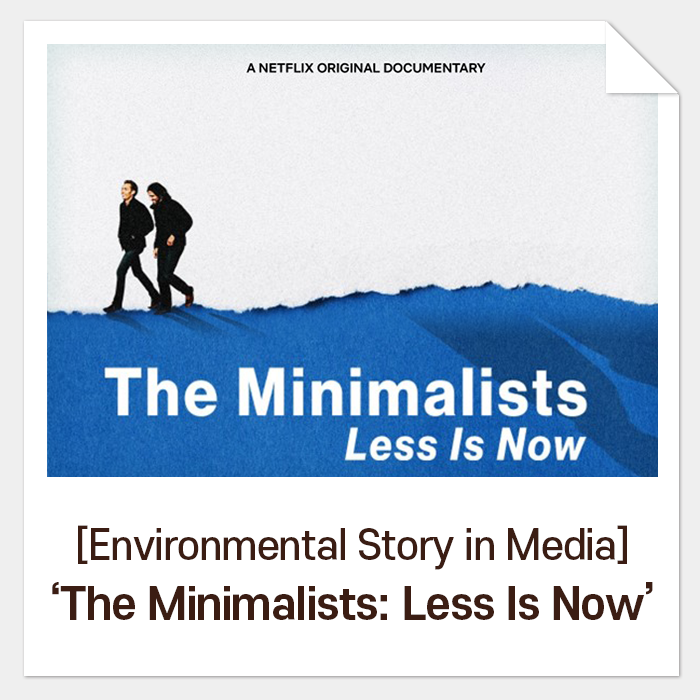2022 ESG-ECO EXPO KOREA, Eco-Friendly Products & Technologies All At Once
The 2022 ESG-ECO EXPO KOREA took place at the COEX on Nov. 9 - 11, hosted by the Ministry of Environment and organized by KEITI (Korea Environmental Industry & Technology Institute). Approximately 160 companies related to green infrastructure; including energy, architecture and mobility; green consumption, including products, distribution & service and food; and ESG management, including environment, social and transparent management; were participated and operated about 500 booths.
Korea longing for eco-friendly materials and systems
Last March, the government publicly announced that, by 2030, they are planning to raise the target of the national greenhouse gas reduction to 40% and prepare a carbon neutral plan at the national level. Because of this announcement, many companies are starting to establish related long-term plans. Specifically, a variety of attempts have been made to develop materials that would replace plastics or technological solutions related to both upcycling and recycling.
Unlike before, since there are many household products that are paper related, “eco-friendly products” have become a germane issue with our daily lives, such as paper packaged cosmetics, paper scrub sponges with detergent coating, paper pouches and paper cooler boxes. Yet, many of these products still have to find a solution for improved functionality and mass productivity, but it was very promising to see how most of companies are aware that there would be no marketability in the future without the eco-friendliness of products that satisfies both material and organic recyclability and already in the process of having an appropriate plan.

That is why there were events provided related to ESG in addition to the exhibition. Seminars and forums were held with experts from various fields presenting themes and information related to ESG which gave visitors an opportunity to get information on changes in the global market and countermeasures, as well as, government’s support and preparation in the future. Still, the information considering the positions of small and medium sized enterprises and the suggestion specific directions were rather insufficient, and even, quite a disappointment in terms of cost for the general public who are interested in the field to approach.

To be appropriate with the theme of the exhibition and its commitment to resource circulation, there were efforts to reduce plastic throughout the exhibition site: distributing paper passes, suggesting returning back the lanyard and guide maps when exiting the exhibition, giving out paper boxed drinks at the seminar, and installing separate collection boxes. Despite these efforts, some booths are using plastic products on their booths. It would have been nicer to see if participants could be more considerate as they are participating in the eco-friendly exhibition.
In addition, various on-site events, such as eco-talk shows and eco-DIY classes to reduce plastic use, and programs to experience eco-friendly life-style and obtain practical information were also provided.

It was nice to finally have an offline ECO-EXPO KOREA that we all anticipated. However, because there are many issues related to plastic, I was hoping to see more eco-friendly technologies in diverse fields. Furthermore, I hope these alternative materials that pour out to overcome the limit of resource circulation are not greenwashing and truly conserve the environment and lead to resource circulation.

That is why there were events provided related to ESG in addition to the exhibition. Seminars and forums were held with experts from various fields presenting themes and information related to ESG which gave visitors an opportunity to get information on changes in the global market and countermeasures, as well as, government’s support and preparation in the future. Still, the information considering the positions of small and medium sized enterprises and the suggestion specific directions were rather insufficient, and even, quite a disappointment in terms of cost for the general public who are interested in the field to approach.

To be appropriate with the theme of the exhibition and its commitment to resource circulation, there were efforts to reduce plastic throughout the exhibition site: distributing paper passes, suggesting returning back the lanyard and guide maps when exiting the exhibition, giving out paper boxed drinks at the seminar, and installing separate collection boxes. Despite these efforts, some booths are using plastic products on their booths. It would have been nicer to see if participants could be more considerate as they are participating in the eco-friendly exhibition.
In addition, various on-site events, such as eco-talk shows and eco-DIY classes to reduce plastic use, and programs to experience eco-friendly life-style and obtain practical information were also provided.

It was nice to finally have an offline ECO-EXPO KOREA that we all anticipated. However, because there are many issues related to plastic, I was hoping to see more eco-friendly technologies in diverse fields. Furthermore, I hope these alternative materials that pour out to overcome the limit of resource circulation are not greenwashing and truly conserve the environment and lead to resource circulation.







Comments
Post a Comment